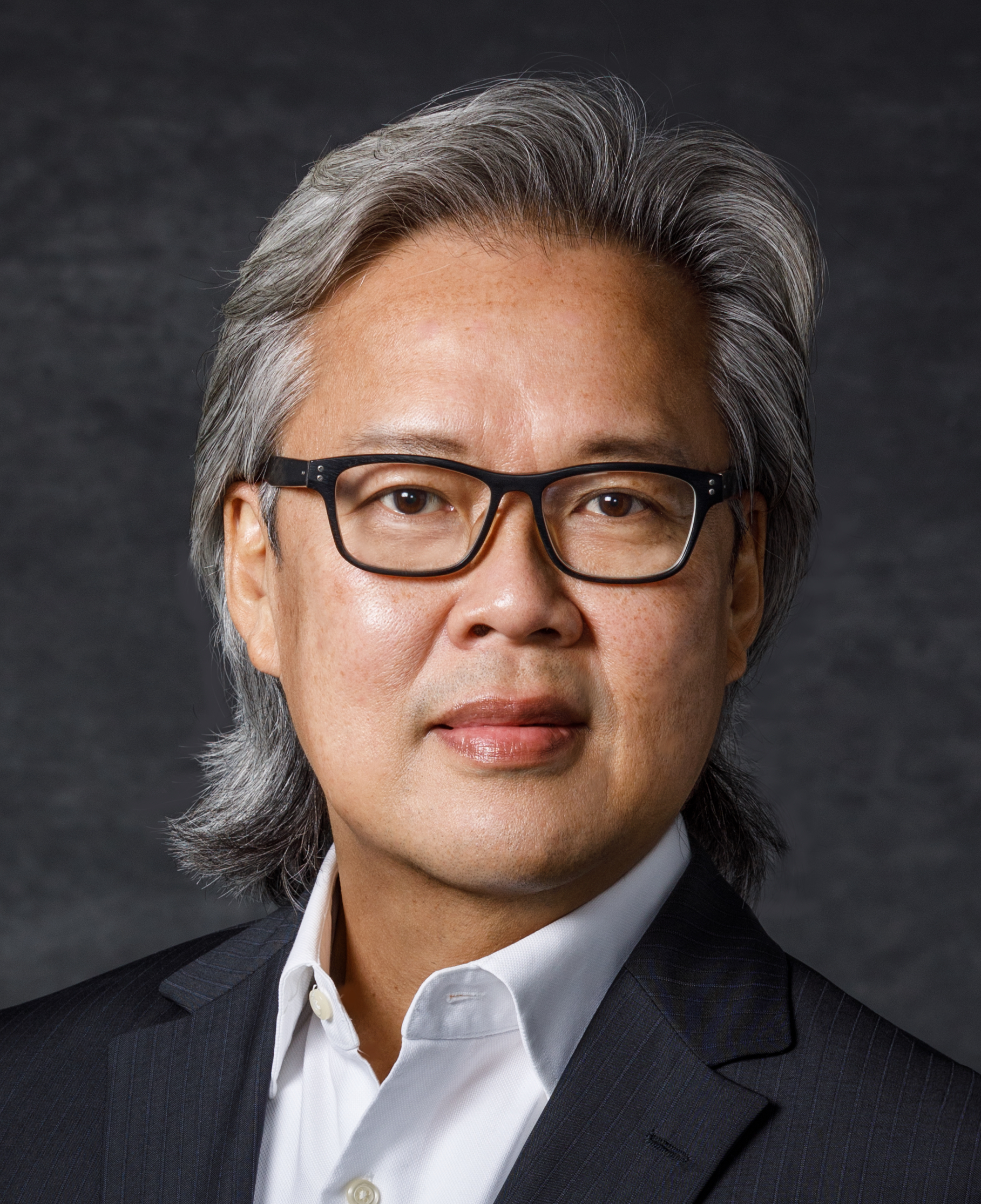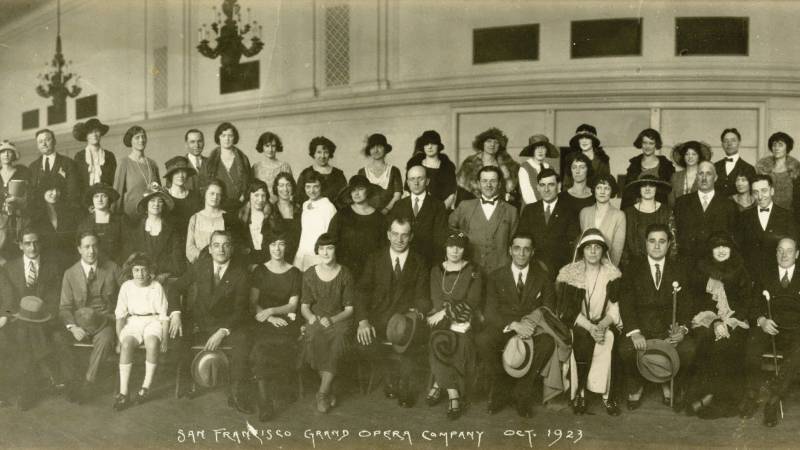For over a decade, the oldest known image of the San Francisco Opera was a panoramic group photograph taken on Oct. 6, 1923 with a cryptic “Picture #2” inscribed on its lower left-hand corner. Pictured inside the Civic (now Bill Graham) Auditorium, founder and conductor Gaetano Merola, star tenor Beniamino Gigli, chorus members and orchestra musicians pose in costume and tuxes, ready for the night’s performance of Andrea Chénier.

But we now have what the opera believes to be a new oldest photograph, showing members of the fledgling company earlier on the same day, in their pre-performance street clothes.
Credit for its discovery goes to Chung-Wai Soong, a professional opera singer who is also a member of SF Opera’s extra chorus. Soong purchased the print on a bit of a whim at the Antiquarian Book Fair “at least 10, 15, maybe even 20 years ago,” he says. “I’m not a collector, but it’s always fun to have these sort of talismanic articles.”
The 6-by-24-inch print Soong purchased was already mounted to cardboard, slightly warped and bent — and it remained in that state for years, sitting on top of a mirror in his home. It was always in the back of his mind, he says, that he should show it to the folks at the opera.
Barbara Rominski, director of the opera archives since 2016, remembers the day Soong brought the photograph to her attention. “He just sort of whipped it out of his canvas grocery bag,” she says, laughing, “and he said, ‘Have you ever seen this?’”
Rominski initially thought it was the same image the opera proudly displays on the fourth floor of the Veterans Building — that Oct. 6, 1923 photograph from the Andrea Chénier performance.


“Then I took a closer look at it and went ‘Oh — swear words — in fact, no Chung-Wai, I have never seen this photograph ever,’” she remembers. “It was a total surprise to everybody in the room.”



